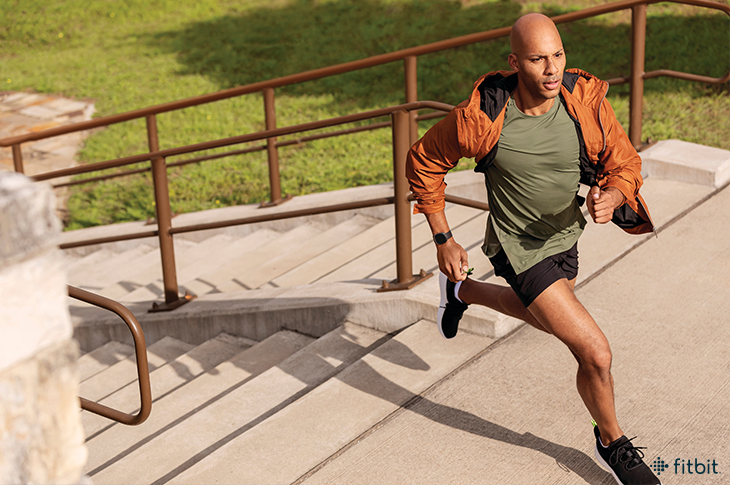
If you’re wondering if you’re a good candidate for physical therapy, you’re not alone. Whether going on a daily walk or taking a 45-minute HIIT class is how you get your daily activity in, chances are that if you’re an active person, you can most likely get help with pain management, improve your mobility, and much more, from physical therapy.
However, physical therapy isn’t one size fits all. So, before you pick up the phone and make an appointment, read on to learn more about what exactly a physical therapist does and how it can potentially benefit you.
Why Would I See a Physical Therapist?
First off, there are different types of physical therapists. Some treat pelvic issues, some treat neurological disorders, and others focus on clients who have cardiovascular and pulmonary conditions. The type of physical therapist who treats sports injuries and other musculoskeletal problems and offers rehab and prehab is an orthopedic physical therapist.
If you have any type of pain, whether that’s from an acute injury or a chronic condition like back pain or arthritis, an orthopedic PT may be able to help. “They can tell if something is a physical therapy-treatable condition,” explains doctor of physical therapy, strength and conditioning coach, and licensed massage therapist Keats Snideman, PT, DPT, CSCS, LMT.
This is because physical therapists are trained in differential diagnosis: They will ask questions about the nature of the pain and when it occurs, test your strength and range of motion, and watch you move in various ways. “We look at the whole body and not just the still whole body, but the body moving, doing real-life activities and how that affects your body,” explains doctor of physical therapy and certified strength and conditioning specialist Rachel Tavel, PT, DPT, CSCS, of Shift Integrative Medicine in New York City. This differential diagnosis helps the physical therapist determine if your pain is something they can treat or if there may be an underlying medical condition.
If it’s the latter, they will refer you to a doctor. And if the pain is something they can treat, a physical therapist will not only do hands-on work and teach you exercises, they also provide advice on lifestyle changes, stress management, and exercise to help patients understand how to manage chronic pain.
As many people know, orthopedic physical therapists also help with rehab from injuries such as muscle or ligament strains. This can even help some avoid surgery, but if surgery is necessary, these physical therapists also help with prehab and recovery. “Prehab can help reduce swelling and increase strength and range of motion going into surgery,” Snideman says. This increases the likelihood of a faster, better recovery compared to staying immobile for weeks leading up to surgery.
Additionally, PTs can help if you are training for a race or other competition. They can identify where in your body you have the most vulnerabilities, Tavel says. Then they can help develop a plan to address those weaknesses so you can move better and avoid injury.
Lastly, some people like to see a physical therapist every few months or even just once to check in and make sure their movement patterns are healthy.
But physical therapy makes my pain worse . . .
“When you’re injured, the tissues and joints get stiff, and it can be very painful to move a stiff joint,” Snideman says. “But that pain needs to be tolerable.” So while it’s going to hurt to move a sprained ankle or torn muscle, physical therapy should not make your pain feel worse.
If this happens, talk to your physical therapist. You may need some imaging done to be sure there isn’t an underlying issue. Or, you may simply need a different provider. Unlike medical care, where if you have a certain virus, there’s a limited number of medications to treat that virus, there’s a range of treatment styles in PT.
Different therapists will use different techniques, and you may find that you prefer another treatment. “There’s nothing wrong with breaking up with a physical therapist if it’s not a good match or you’re not getting the results you want,” says Tavel.
Why see a PT when I can do the exercises myself?
“Our goal is for you to do as much as possible on your own,” says Tavel. That said, you also need to be doing those things properly. If one muscle is weak, oftentimes other muscles will step up to compensate. If you do exercises this way, “then you’re not strengthening the targeted muscle at all; you’re just reinforcing the compensation,” says Tavel. So a PT will have you do exercises so they can be sure you are performing them to reach your goals.
This information is for educational purposes only and is not intended as a substitute for medical diagnosis or treatment. You should not use this information to diagnose or treat a health problem or condition. Always check with your doctor before changing your diet, altering your sleep habits, taking supplements, or starting a new fitness routine.

If you have questions about a Fitbit tracker, product availability, or the status of your order, contact our Support Team or search the Fitbit Community for answers.
Please note: Comments are moderated and may not appear immediately after submission.